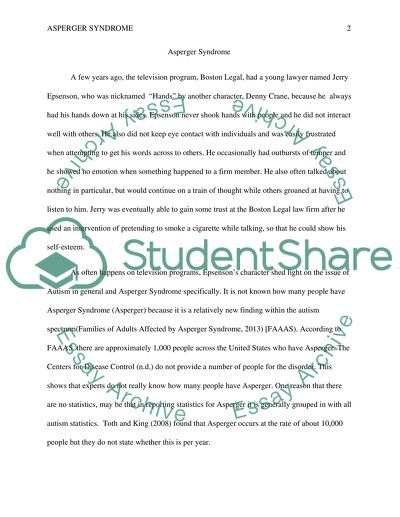Cite this document
(“Asperger Syndrome Research Paper Example | Topics and Well Written Essays - 1500 words”, n.d.)
Retrieved from https://studentshare.org/psychology/1473221-writer-can-name
Retrieved from https://studentshare.org/psychology/1473221-writer-can-name
(Asperger Syndrome Research Paper Example | Topics and Well Written Essays - 1500 Words)
https://studentshare.org/psychology/1473221-writer-can-name.
https://studentshare.org/psychology/1473221-writer-can-name.
“Asperger Syndrome Research Paper Example | Topics and Well Written Essays - 1500 Words”, n.d. https://studentshare.org/psychology/1473221-writer-can-name.


